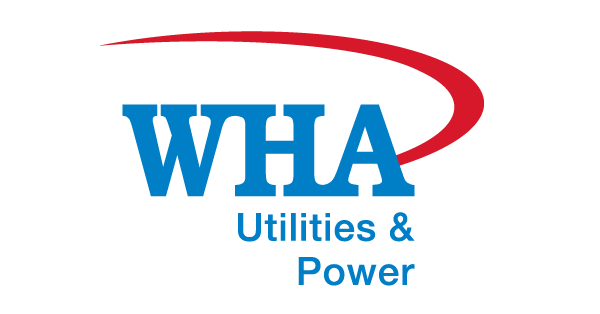Carbon Credits (T-VER)
What is T-VER
Understanding Carbon Credits and Thailand’s T-VER Program
A carbon credit is a certificate representing the reduction or removal of one metric ton of carbon dioxide (CO₂) or its equivalent in other greenhouse gases. It serves as a measurable unit that allows organizations, governments, and individuals to track, trade, and offset their emissions.
Carbon credits can be generated through activities that reduce emissions, such as installing energy-efficient equipment, producing renewable energy, or improving waste management. They can also come from natural solutions, like reforestation and forest conservation, which absorb CO₂ from the atmosphere. These credits can then be used to offset emissions or traded in carbon markets, creating both environmental and financial benefits.
In Thailand, this concept is applied through the T-VER Program (Thailand Voluntary Emission Reduction Program). Developed in 2014 by the Thailand Greenhouse Gas Management Organization (TGO), T-VER provides a national framework for certifying emission reduction and removal projects. Unlike compliance systems, T-VER is voluntary, encouraging participation from businesses, communities, and individuals.
Projects eligible under T-VER include renewable energy production, industrial energy efficiency, waste management, sustainable transport, and forest-related activities such as planting and restoration. Once verified by TGO, the reductions achieved are issued as T-VER carbon credits. These credits can be used to offset emissions from organizations, events, and products, or traded in the Thai voluntary carbon market.
By linking the global idea of carbon credits with local initiatives, T-VER not only supports Thailand’s climate goals but also promotes biodiversity, sustainable development, and broader participation in climate action.

Importance of T-VER
How T-VER Helps Companies Meet Their Emission Reduction Goals
The T-VER program gives companies in Thailand a practical way to manage their greenhouse gas emissions and move toward their sustainability targets. Here’s how it helps:
- Generates Carbon Credits from Projects
- Companies can register projects under T-VER, such as renewable energy systems, energy efficiency improvements, or tree planting.
- When verified, these projects generate carbon credits that represent actual reductions in emissions.
- Companies can use these credits to offset their own emissions and show progress toward reduction goals.
- Offsets Emissions That Cannot Be Eliminated
- Not all emissions can be cut immediately (e.g., from industrial processes or transport).
- T-VER credits allow companies to compensate for these unavoidable emissions, helping them reach net reduction targets.
- Enhances Credibility and Transparency
- T-VER credits are certified by the Thailand Greenhouse Gas Management Organization (TGO).
- This verification ensures that reported reductions are real, measurable, and transparent — which strengthens trust with stakeholders, investors, and customers.
- Supports Corporate Sustainability Strategies
- Using T-VER, companies can demonstrate environmental responsibility.
- This improves their brand image, supports ESG (Environmental, Social, and Governance) performance, and may give advantages in supply chains or investor relations.
- Encourages Broader Participation
- T-VER is voluntary, making it easier for companies of different sizes and sectors to join.
- Even small steps, like offsetting corporate events or product footprints, contribute to larger emission reduction goals.
Ready to take the first step towards a greener future?
Contact us for more information

